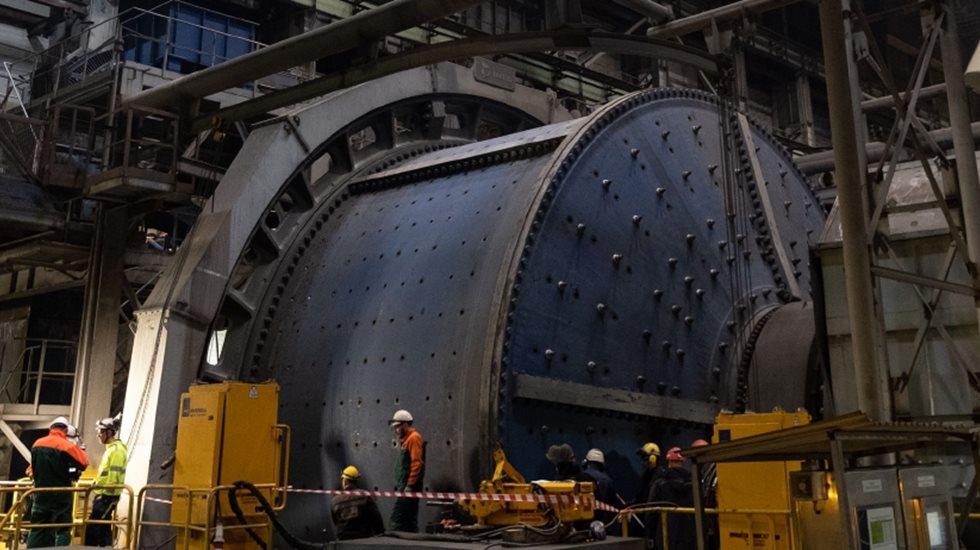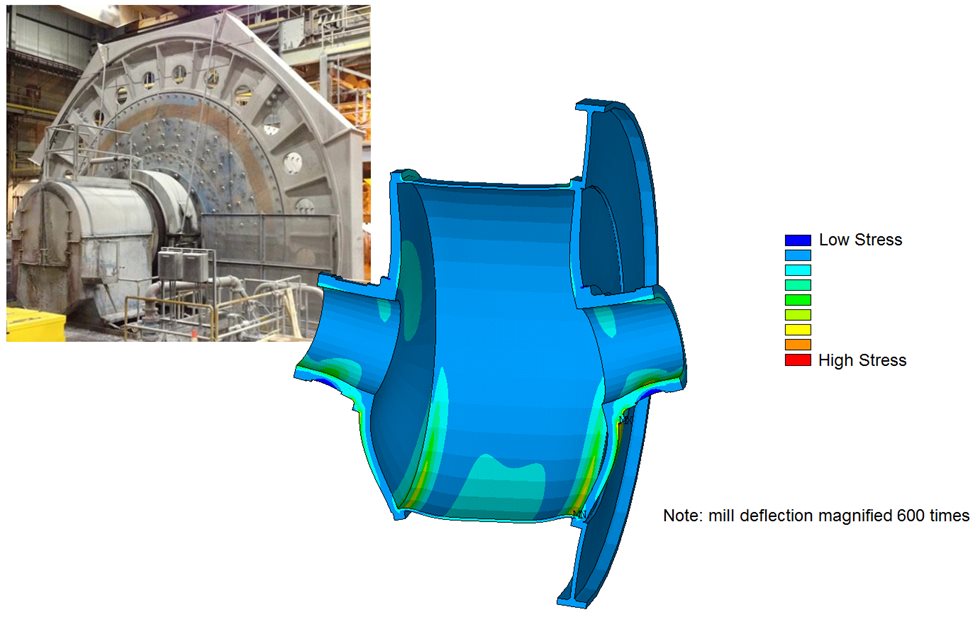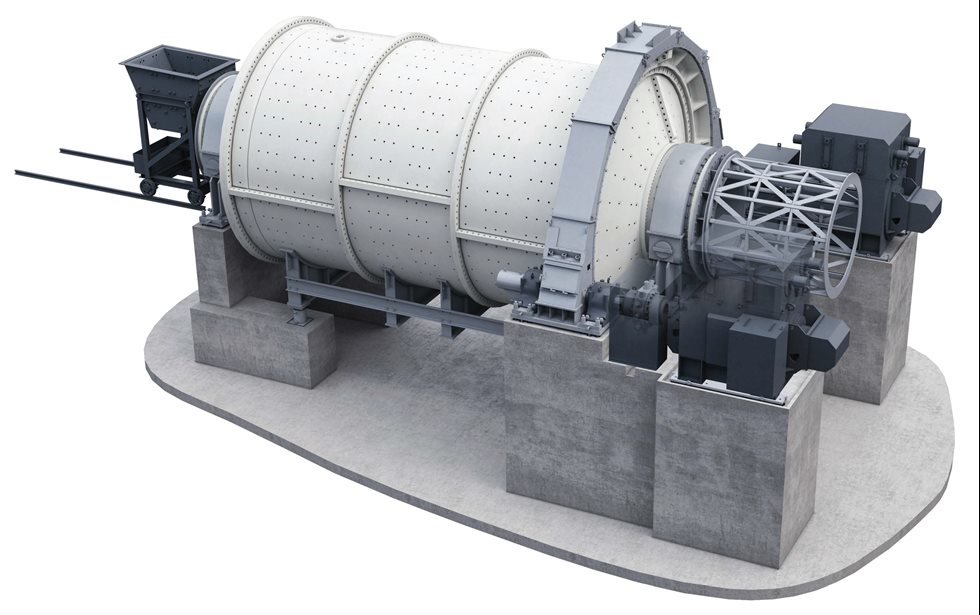Effect of OEM mergers on grinding mill design
A wave of grinding mill OEM mergers took place in the 70’s and 80’s. During those years, only a handful of OEM’s were competing with one another, and no more than two or three could bid on the large size SAG or ball mills. Engineering design offices started spending most of their efforts during those times to merge the best technology from each sister company they had acquired into their line of grinding mills. This started the wave of “standardization of mill components”. Research and technology development took a bit of a back step during these times.
Are grinding mills becoming a commodity?
A little bit, yes. Customers, and even sales and project management groups within mill suppliers want to minimize engineering costs and design delays. This discourages customization and finding creative new designs. During the last 30 years, mill manufacturers have not been able to convince customers or their engineering consultants to purchase completely standard or existing size mills. Instead, the industry is moving from completely customized equipment to nearly standard equipment with different options added on or taken away. Most of the engineering efforts these days are therefore going into creating tools to design grinding mills quickly with low overhead.
Training and IP Protection
As the design tools get more and more complicated, new employees need to be trained not only on the products and the underlying technology, but also on the existing proprietary design tools such as calculation sheets, drawings and models, storage and retrieval procedures. As employees retire, it is very easy to hand over all working files and tools digitally, but often a nightmare to figure out what is what, without proper training.
With all information being digital, Intellectual Property (IP) protection has become a serious concern in the last few years. Almost every company that is developing technology and producing detailed engineering drawings have experienced IT theft and pursued lawsuits against the offenders, mostly their former employees. In order to avoid IP theft, companies have implemented various gate-keeping tools (software Vaults) which in turn slow down the design process due to the added bureaucracy.
How did the workforce change over the last 30 years?
During the years when drafting was done manually, there were roughly 2 drafters for every engineer within the engineering departments. Today, we see this ratio to be about one-to-one. Engineers these days are also using CAD tools to create models and drawings, which they hardly did in the past.
We also see engineering design shifting to lower cost countries as digital communication and global sharing of information is getting easier. Having technical people all around the world allows multiple designers to work during different time zones to accelerate the lead times of the projects. As manufacturing of components shift to cost competitive countries (CCC), having technical people near local shops also facilitate quality control and manufacturing problems resolution.
The percentage of female drafters and design engineers unfortunately has not improved over the years (there is much better representation in other departments). While mill suppliers encourage and make targeted efforts to improve hiring of female drafters and engineers, very few candidates are interested in these positions. Mining is still perceived as a male dominated industry, and these positions are occasionally required to travel to mine sites.
In brief
With the use of computers, the design of grinding mills has come a long way, mostly positive. As mill sizes get limited by manufacturing capabilities, the focus of the design process has shifted from pushing the envelope to creating tools to do it cheaper and faster. Design workforce is becoming more global. With the increased complexity of the tools used, we heavily rely on subject experts.




